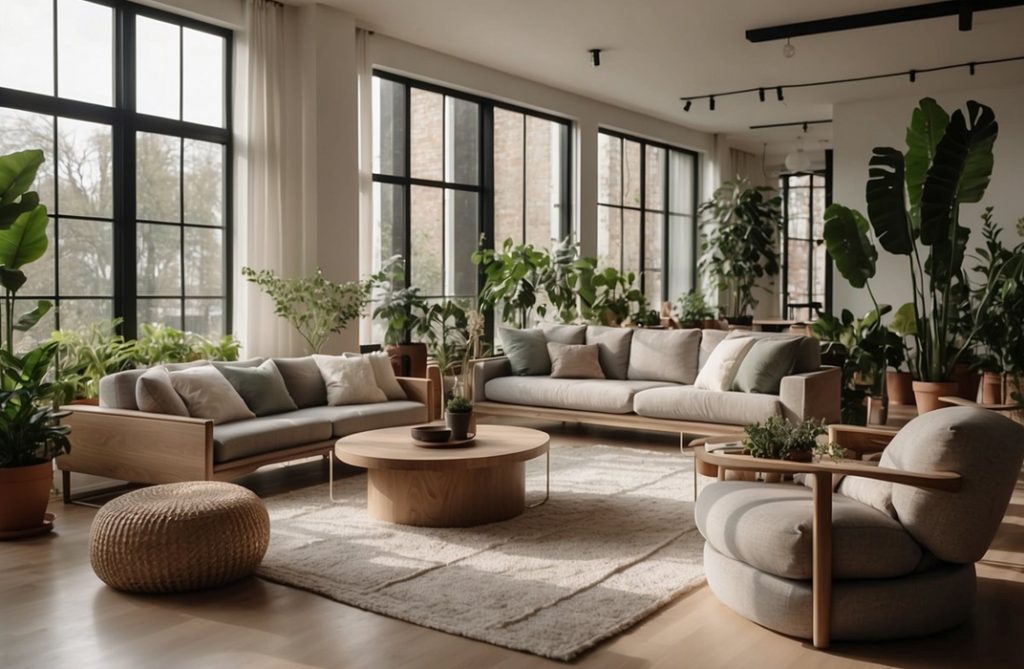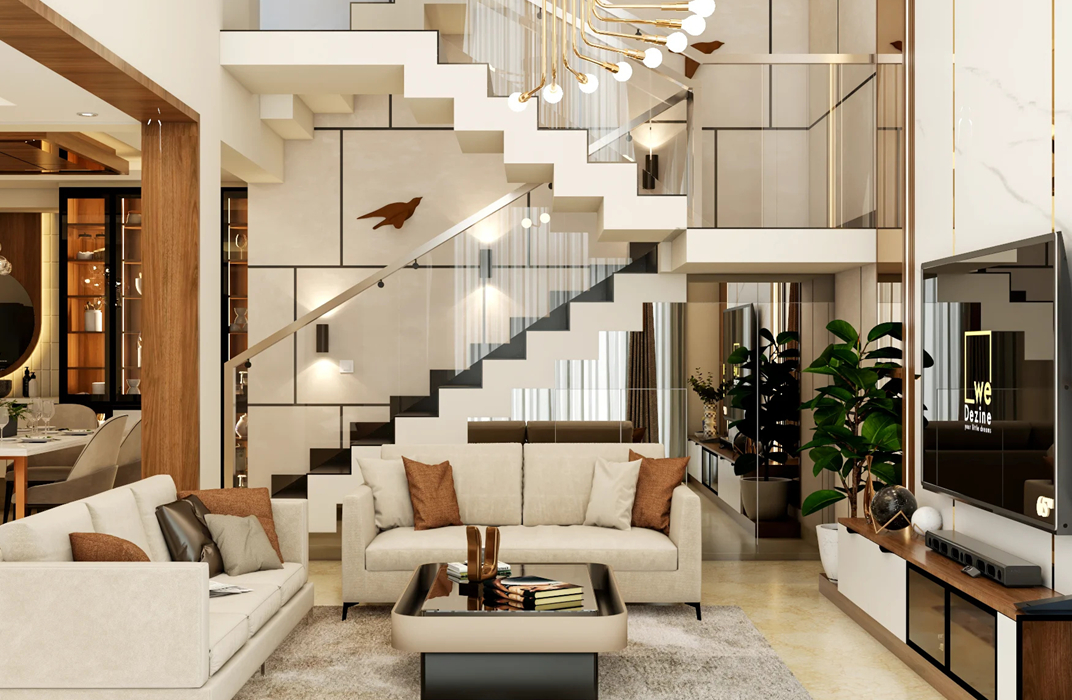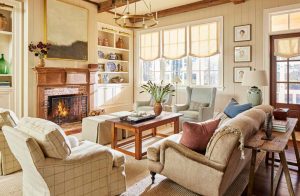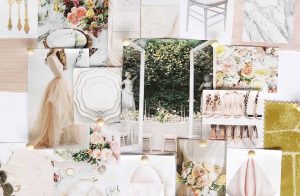Why Textural Contrast Is Essential For Stunning Interior Design
In addition to visual balance, textural contrast can help define different areas within an open-concept layout. By using various materials, you can create distinct zones that serve different purposes. For example, a cozy reading nook can be established with plush cushions and a soft rug, while a dining area can be defined with a sleek table and polished chairs. This differentiation not only enhances functionality but also contributes to a cohesive overall design. When selecting textures, consider the mood you want to convey. A combination of rough and smooth surfaces can evoke a sense of warmth and comfort, while contrasting shiny and matte finishes can create a more modern and sophisticated atmosphere.
Another important aspect of textural contrast is its ability to highlight architectural features. If you have exposed brick walls or wooden beams, contrasting textures can draw attention to these elements, making them focal points in the room. For instance, pairing a rustic wooden table with modern metal chairs can emphasize the charm of the wood while adding a contemporary twist. This technique can also be applied to artwork and decor items, where a rough canvas might be complemented by sleek frames or polished sculptures. This interplay not only enhances the visual interest but also tells a story about the space and its design philosophy.

When experimenting with textural contrast, it is crucial to maintain a sense of harmony. While contrasting textures can create excitement, too many competing elements can lead to chaos. Aim for a balanced mix by limiting the variety of textures used in a single space. A good rule of thumb is to choose three to five different textures that complement each other while still providing contrast. This approach ensures that the design remains cohesive and visually appealing, allowing each texture to shine without overwhelming the viewer.
Incorporating textural contrast into your interior design can also improve the overall comfort of a space. Different textures can evoke various sensations, making a room feel more inviting and comfortable. Soft textiles can create a cozy atmosphere, while harder surfaces can add a sense of sophistication. By thoughtfully selecting and layering textures, you can create an environment that is not only beautiful but also functional and inviting.
Textural contrast is a vital tool for achieving stunning interior design. By combining various materials and finishes, you can create depth, define spaces, and highlight architectural features while ensuring that the overall design remains harmonious. This approach not only enhances the visual appeal of your home but also contributes to a more engaging and comfortable living environment. Embracing textural contrast allows you to express your unique style while creating spaces that resonate with warmth and character.




